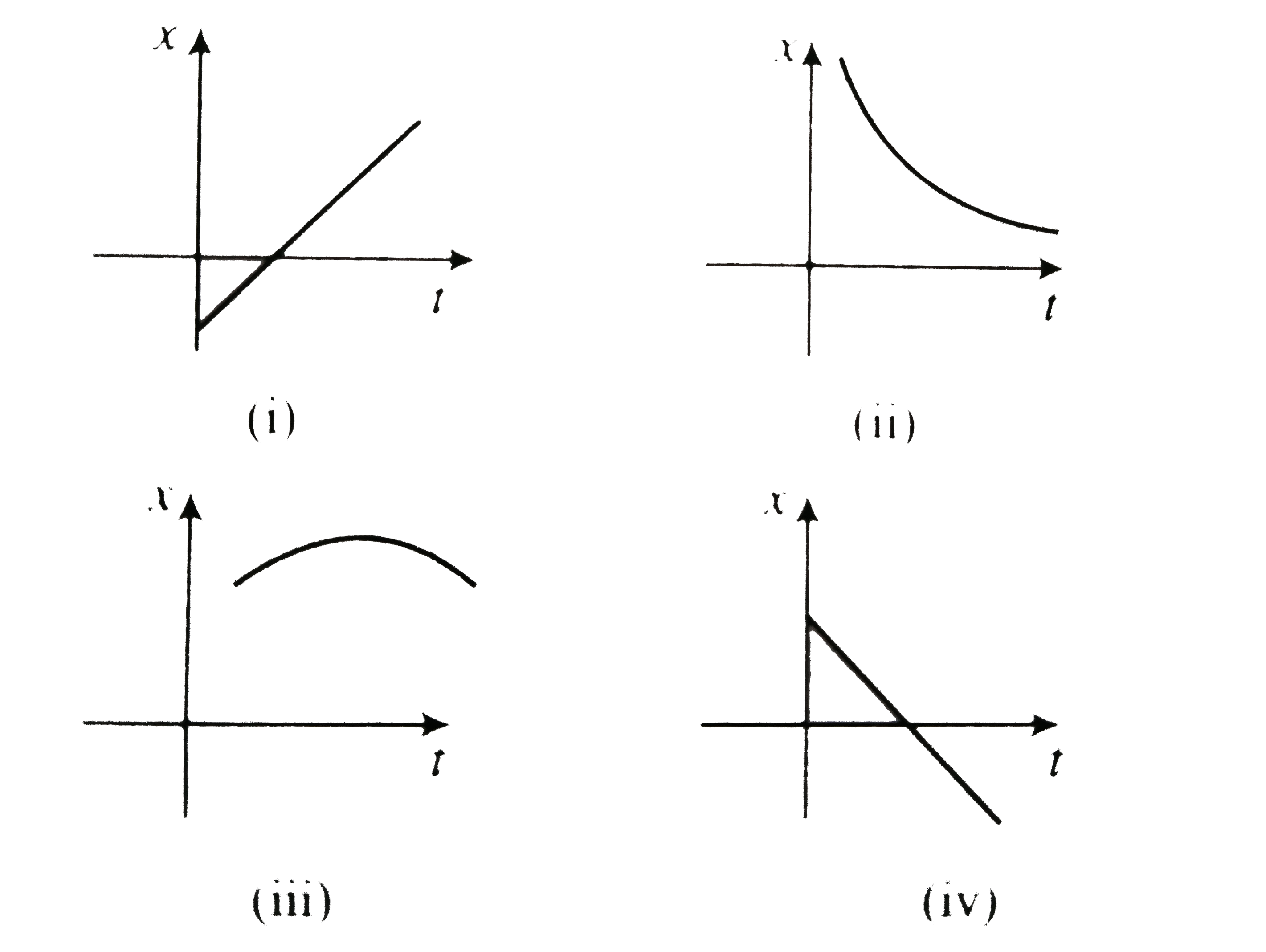It has been postulated that there may be some particles moving with speed greater than the speed of light. Such particles are known as
Electrons
Neutrons
Nucleons
Tachyons.
To solve the question regarding particles that may move faster than the speed of light, we can follow these steps:
1. Understanding the Concept: The question asks about particles that are hypothesized to travel faster than the speed of light. This concept is rooted in theoretical physics and is not supported by experimental evidence.
2. Identifying the Term: The term used to describe hypothetical particles that can travel faster than light is "tachyon."
3. Characteristics of Tachyons: Tachyons are defined as particles that always move faster than light. They are purely theoretical and have not been observed in any experiments.
4. Scientific Consensus: Most physicists agree that the existence of tachyons would violate the principles of relativity, which states that nothing can travel faster than the speed of light in a vacuum.
5. Conclusion: Therefore, the answer to the question is that such particles are known as tachyons.
Final Answer:
The particles that are hypothesized to move faster than the speed of light are called tachyons.
---
The particles that are hypothesized to move faster than the speed of light are called tachyons.
Topper's Solved these Questions
Similar Questions
Knowledge Check
It has been postulated that there may be some particles moving with speed greater than the speed of light. Such particles are known as
AMesonsBPionsCTachyonsDLeptonsA particle moving with uniform speed
Amust have uniform velocityBcannot have uniform velocityCmay have uniform velocityDwill have no velocitySpeeds greater than the speed of sound in air are known as __.
ASupersonicBSolarCInfrasonicDUltrasonic
Scattering of light by colloidal particles is known as
View SolutionStudy the following graph:

The particle is moving with constant speed .
View SolutionA body travelling with a speed of more than the velocity of sound in air is said to travel with
View SolutionAn object moving at a speed greater than that of sound is said to be moving at
View SolutionAn object moving at a speed greater than that of sound is said to be moving at
View Solution
